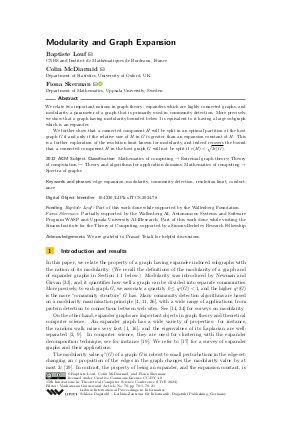LIPIcs.ITCS.2024.78.pdf
- Filesize: 1.23 MB
- 21 pages

 Creative Commons Attribution 4.0 International license
Creative Commons Attribution 4.0 International license






Feedback for Dagstuhl Publishing